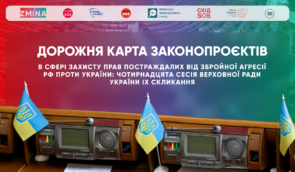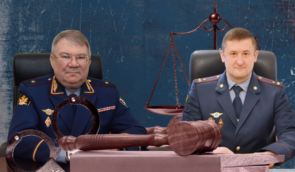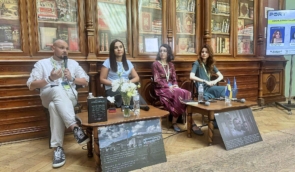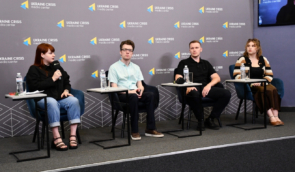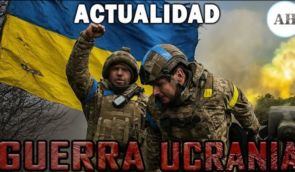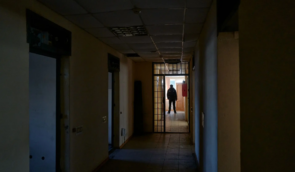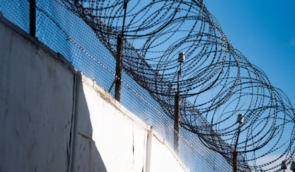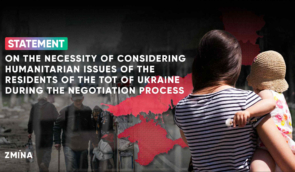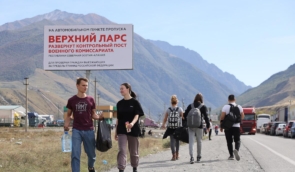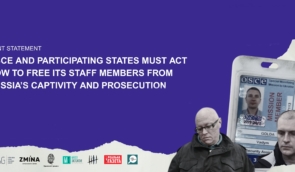Photo exhibition “Stories from occupied Crimea” opened in Khmelnytskyi
Photo exhibition “Stories from occupied Crimea” opens in Khmelnytskyi ahead of the anniversary of Russia’s illegal annexation of Crimean peninsula. Twenty-two photos by Ukrainian reporters Alina Smutko, Taras Ibragimov, and Aliona Savchuk are a unique chronicle of life on the peninsula illegally annexed by Russia and documentary evidence of repression against Ukrainian citizens, in particular against representatives of the Crimean Tatar people.
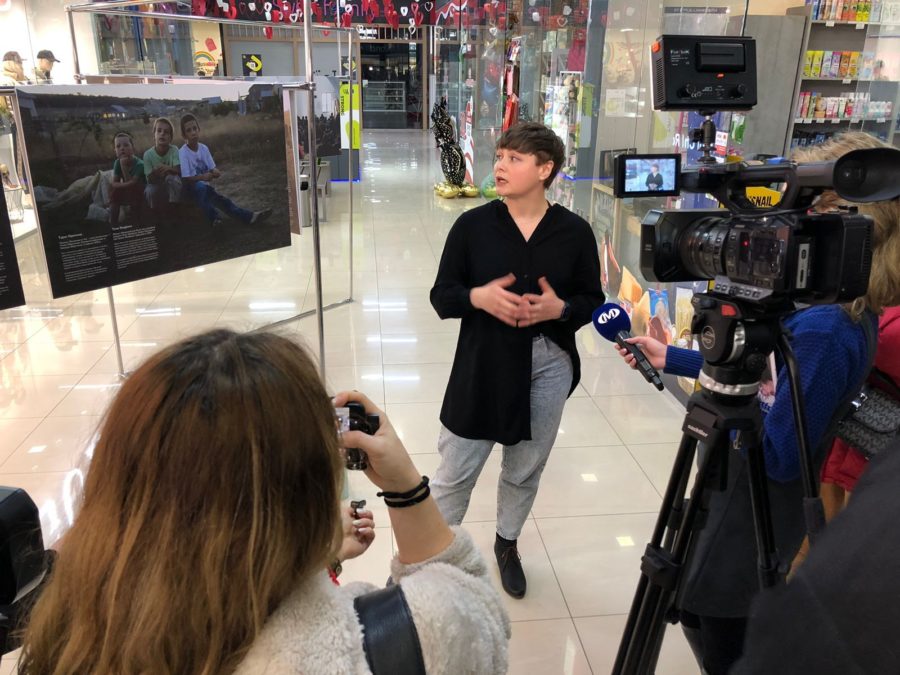
Large-scale persecution began on the first day of the occupation of Crimea by Russian troops. Mainly for political reasons, more than 150 people have been arrested (most of them are Crimean Tatars), 43 Ukrainian activists have been kidnapped (11 of them are considered missing and one man remains in custody) so far. The repression is ongoing.
“In cases where the Crimean Tatars are defendants, we constantly see violations of the right to a fair trial. The main evidence for the court is the testimony of anonymous witnesses (many of them are employees of the FSB of the Russian Federation), the pre-trial testimony of witnesses who later claim in court that such testimony was given under pressure, and linguistic examination of the conversations of the accused Muslims. A judge usually does not consider evidence provided by the defence,” said Olha Skrypnyk, Head of Board of the Crimean Human Rights Group.
During the photo exhibition opening, Head of the Human Rights Centre ZMINA Tetiana Pechonchyk also pointed to the fact that the Russian occupying power holds 15 journalists behind bars on politically motivated charges: “Most of them are Crimean Tatar citizen journalists who cooperated with the Crimean Solidarity initiative which unites families of political prisoners, lawyers, activists. These are Seyran Saliyev, Marlen Asanov, Tymur Ibrahimov, Server Mustafayev, Osman Arifmemetov, Remzi Bekirov, Ruslan Suleymanov, Rustem Sheikhaliyev. Oleksiy Bessarabov, deputy editor-in-chief of the Black Sea Security magazine, and Vladyslav Yesypenko, freelance journalist of RFE/RL’s Crimea. Realities project, are also behind bars. Over the past year, the occupation authorities imprisoned three more citizen journalists: Iryna Danylovych, Vilen Temeryanov, and Ernes Ametov. Therefore, we can say that every tenth Crimean political prisoner is imprisoned because of journalistic activities.“
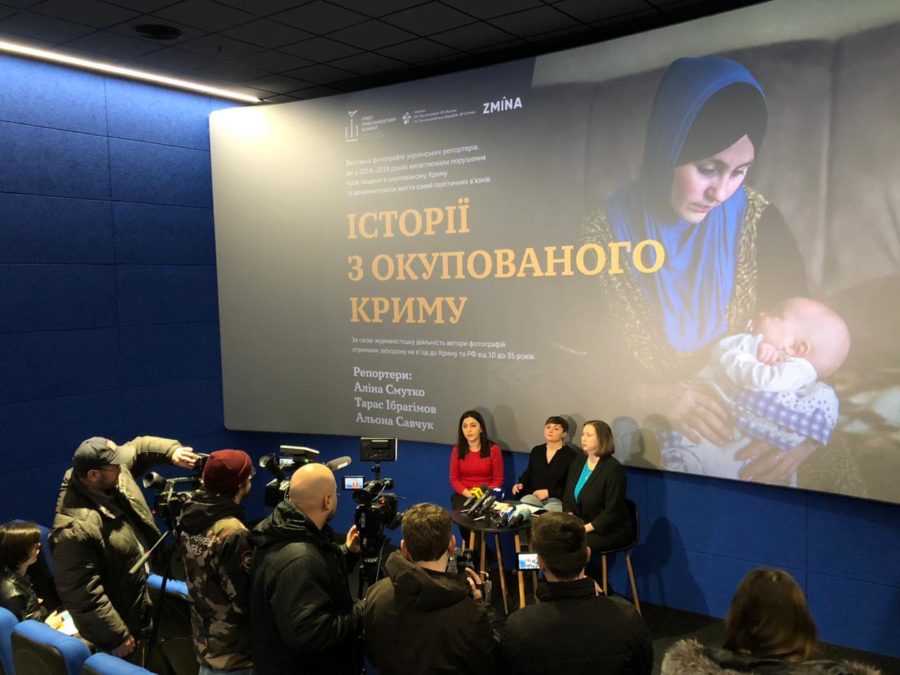
In 2016-2018, Aliona Savchuk, one of the authors of the photo exhibition “Stories from occupied Crimea”, covered the trials of Ukrainian political prisoners in occupied Crimea until the FSB banned her from entering the peninsula and the territory of Russia. “These pictures are a small part of all the stories from the occupation that we were lucky to see, hear, and broadcast. These stories are about people who stayed on their native land despite intimidation and threats, arrests and trials, torture and humiliation by (pro)Russian security forces. These are stories about the destroyed destinies of hundreds of families, trumped-up terrorism, persecution based on nationality, religion, and views. But they are also about love for native land and loved ones, solidarity and mutual support, faith in the victory of truth and goodness,” Savchuk said.
The presented photos were taken from 2014 to 2019 when the authors could still travel to Crimea. The Russian occupation administration banned them from visiting the peninsula for a period of 10 to 35 years.
Last October, the photo exhibition “Stories from occupied Crimea” was presented at the Parliamentary Summit of Crimea Platform (Zagreb, Croatia), in December – during the solemn events on the occasion of the 30th anniversary of the Mission of the President of Ukraine in the Autonomous Republic of Crimea.
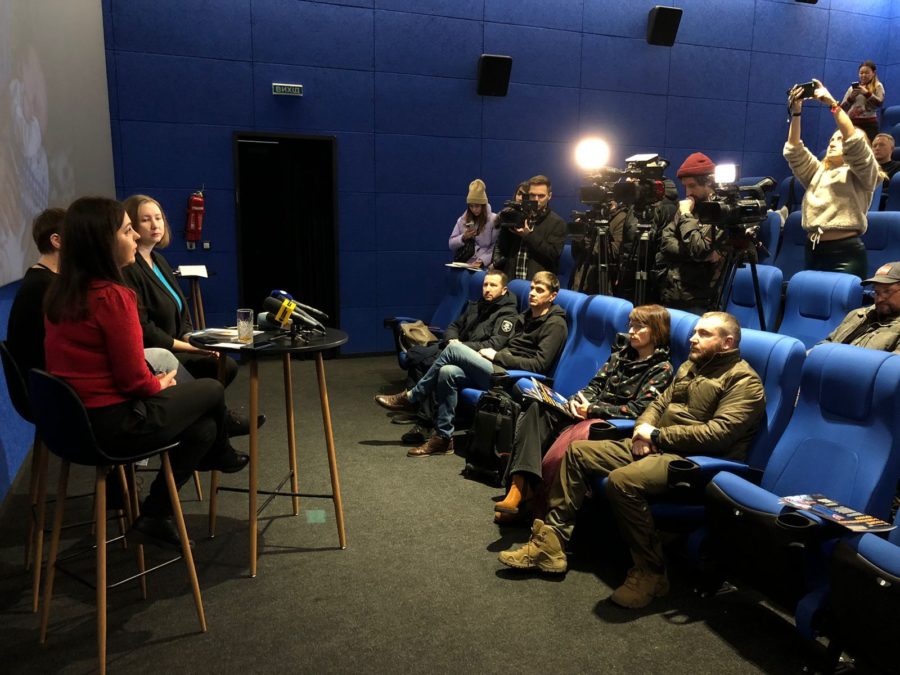
Serhiy Hamaliy, Head of the Khmelnytskyi Regional Military Administration, also gave a welcome speech at the opening ceremony.
Khmelnytskyi became the first city where the photo exhibition “Stories from occupied Crimea” was presented to a wide audience. After Khmelnytskyi, it will open in Kropyvnytskyi, Chernivtsi, Odesa, Lutsk, and Lviv.
Background. The photo exhibition was created by the Human Rights Centre ZMINA in cooperation with the Mission of the President of Ukraine in Crimea.
If you have found a spelling error, please, notify us by selecting that text and pressing Ctrl+Enter.

